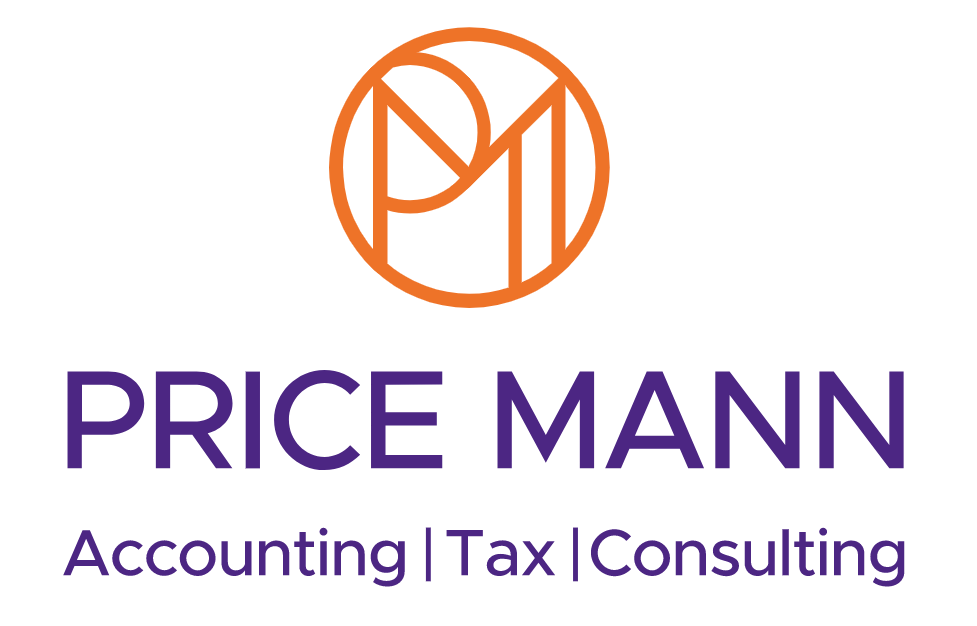Managing cashflow: Tips for small business
Managing cash flow: Tips for small business
Cashflow management advice
Managing cashflow effectively is critical for the survival and growth of your small business. It’s about planning, monitoring and controlling the money coming in and going out of your business, which ensures you have enough cash to cover your expenses and avoid insolvency.
Given the nature of the economy and evolving business practices, staying updated with the latest tools and strategies is vital. In this spotlight, we explore detailed cashflow management tips, incorporating practices and tools that have gained popularity in recent years, ensuring you can effectively manage your cashflow cycle with modern methodologies.
Understand your cashflow
The first step in managing cashflow is to understand how it works within your business. This involves knowing when and how your income and expenses occur. Create a cashflow forecast that includes all expected inflows (from sales, accounts receivable and so on) and outflows (such as operating expenses, inventory purchases and loan payments).
This forecast should be updated regularly to reflect actual figures and revised projections. Tools like Float or Pulse can automate this process, integrating with accounting software to provide real-time cashflow analysis.
Improve receivables
Accelerating the inflow of cash is crucial. You can do this by carrying out the following.
Invoicing promptly
Use online invoicing tools like FreshBooks or Xero, which can send invoices automatically and follow up on unpaid ones.
Offering payment incentives
Provide discounts for early payments to encourage customers to pay sooner. Offering payment incentives is a strong strategy to encourage quicker customer payments, improving cashflow.
By reducing the payment timeframe, you can use the incoming funds more effectively for operations or investments. This approach not only accelerates cash inflow but can also strengthen customer relationships by providing value through cost savings. It’s important to carefully structure these discounts to ensure they don’t erode profit margins significantly. Calculating the right balance between incentivising early payments and maintaining profitability is key.
Implementing payment terms
Clearly define short payment terms to encourage quicker payments. Implementing these shorter payment terms involves setting and communicating clear, concise deadlines for payment from customers, typically ranging from net 10 to net 30 days after invoicing.
This strategy encourages faster payment, enhancing your business’s cashflow. It’s crucial to establish these terms upfront in contracts and invoices and to communicate them effectively to ensure customers are aware of their obligations. Establishing a consistent follow-up process for late payments is also essential to maintaining effective cashflow management.
Streamline payment processes
Incorporating a strategy to sign clients up for direct debits can be highly beneficial. Utilising a service such as GoCardless can significantly enhance cashflow. This approach not only streamlines the payment process but also ensures a more predictable income stream, mitigating the uncertainties associated with late payments. Adopting such a method can be a game-changer for maintaining financial stability and operational efficiency
Manage payables wisely
While you want cash to come in faster, it’s beneficial to slow down cash going out, without damaging relationships with suppliers. Strategies include:
- Negotiating longer payment terms with suppliers to keep cash longer.
- Leveraging payment schedules to spread out payments.
- Using a credit card for any purchases (and then paying the balance before any interest is charged).
- Taking advantage of payment terms if you’re offered a discount for early payment – calculate if the cash saving outweighs the benefits of holding onto your cash longer.
Maintain a cash reserve
Maintaining a cash reserve is a strategic financial safety net for your businesses, designed to shield against unforeseen cashflow dips. Determining its size involves analysing historical financial patterns and anticipating future needs, ensuring the reserve is sufficient but not excessive.
Optimal placement for this reserve might be in high-yield savings accounts or money market accounts, which offer higher interest rates than regular accounts, allowing the reserve to grow while remaining readily accessible for emergency use or unexpected opportunities.
Use technology to your advantage
Technological advancements have introduced various tools to help small businesses manage cashflow more efficiently.
- Accounting software: Tools such as QuickBooks Online and Sage provide invaluable insights into your financials, automating cashflow forecasts and budgeting.
- Payment solutions: Platforms like PayPal, Stripe and GoCardless offer efficient ways to manage incoming payments, reducing the time it takes to receive funds.
- Expense tracking: Apps like Expensify or Receipt Bank help track and manage expenses, ensuring they are recorded and monitored effectively.
In the past year or two, several trends have emerged in cashflow management.
- Integrated financial platforms: Tools such as Plaid and Codat allow businesses to integrate their financial accounts, providing a unified view of their finances and improving cashflow analysis.
- Artificial intelligence (AI) and machine learning: These technologies are increasingly being used to predict cashflow trends more accurately, identifying potential shortfalls before they occur.
- Flexible financing solutions: With the rise of fintech, more flexible financing options are available, such as invoice financing through platforms like Fundbox.
Reduce costs and increase efficiency
Streamline operations
Review your business operations regularly for efficiency improvements. This might mean automating repetitive tasks or reducing waste. Regularly review and update your business processes to keep on top of operations.
By doing so, you can significantly lower your operational costs, improve productivity and ultimately increase profitability. This approach requires a commitment to continuous improvement and openness to adopting new technologies and methods that can drive better business outcomes.
Outsource non-core activities
Outsourcing tasks such as payroll, HR or IT can save money in the long run, allowing you to focus on core business activities. Outsourcing these tasks can not only optimise the functions but could also translate into significant cost savings over time. By delegating these areas to external experts, a business can reallocate resources and focus on its primary operations and growth strategies.
This approach enhances operational efficiency and leverages the expertise of outsourced professionals, potentially leading to higher productivity and improved business outcomes.
Monitor inventory
Inventory management can significantly impact your cashflow. Excessive inventory can severely tie up your cash. Money that could be used for other operational expenses or investment opportunities is instead locked up in stock that sits idle. This not only affects liquidity but also increases storage costs and risks of obsolescence or spoilage, especially for perishable and fashion items.
On the flip side, too little inventory can lead to stockouts, resulting in lost sales and services, leading to dissatisfied customers. This can damage a brand’s reputation and customer loyalty, potentially driving customers to competitors. The opportunity cost of lost sales can sometimes exceed the cost savings from keeping inventory levels low.
Tools like Inventory Planner and Cin7 provide analytics and forecasting to optimise inventory levels, helping to free up cash while ensuring product availability.
Focus on profitable sales
Not all sales are equally beneficial for cashflow. Focus on products or services with higher margins or faster turnover rates. Prioritising these higher-margin sales or quick-turnaround products enhances cashflow effectiveness. This strategic focus can allow you to maximise profit and liquidity by channelling efforts into the most financially rewarding areas of your business.
Analyse sales data to identify these items and adjust your sales and marketing efforts accordingly. A thorough analysis of sales data helps identify these key products or services, enabling targeted adjustments to capitalise on the most lucrative opportunities, thus polishing revenue streams and improving your overall financial health.
Cultivate relationships
Before you need them, investigate and build relationships with potential lenders, including banks and alternative financing sources like peer-to-peer lenders or crowdfunding platforms.
Understanding your options in advance can save precious time if you need to arrange financing quickly to manage cashflow issues.
Regularly review strategy
The economic landscape and your business environment are constantly changing. Regular reviews of your cashflow management practices ensure they remain effective. This includes reassessing your cashflow forecasts, monitoring your business’s financial health, and staying informed about new tools and practices that could enhance your cashflow management.
Seek expert advice
Engaging a professional adviser can significantly enhance your cashflow management. Accountants can bring specialised expertise to streamline your business’s financial operations, advising on strategies to best manage cash inflows and minimise outflows.
By assessing your current financial status, they can craft tailored plans aimed at improving your cashflow, from reducing unnecessary expenses to advising on investment options that match your risk appetite. Additionally, they can provide insights into tax efficiencies to ensure you’re not overpaying, thereby improving your overall financial health and enabling more informed decision-making for sustained growth.
Get in touch to find out how we can help you manage your cashflow.













